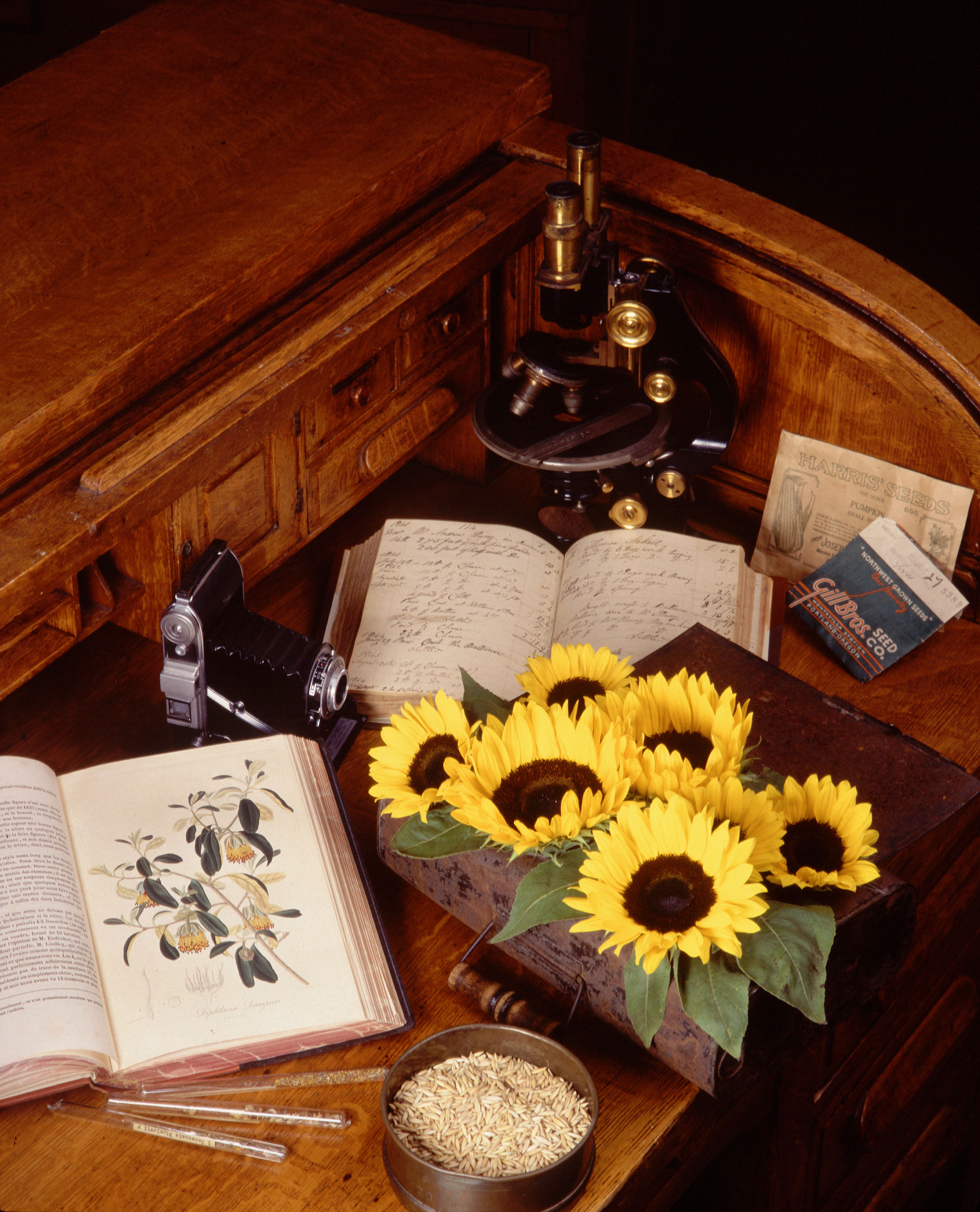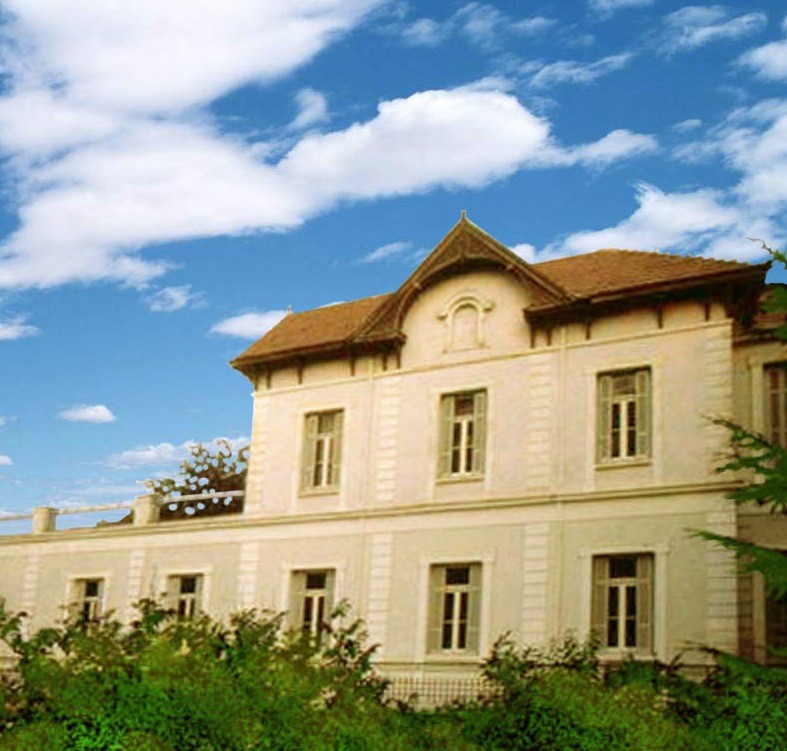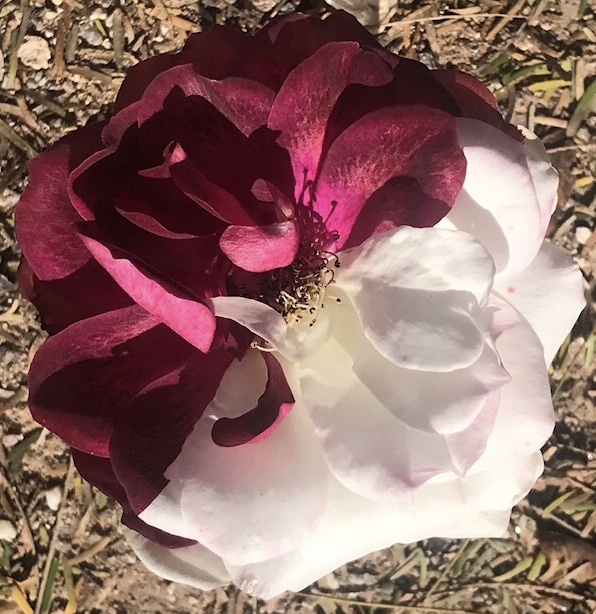|
ICNCP
The ''International Code of Nomenclature for Cultivated Plants'' (ICNCP) is a guide to the rules and regulations for naming cultigens, plants whose origin or selection is primarily due to intentional human activity. It is also known as Cultivated Plant Code. Cultigens under the purview of the ICNCP include ''cultivars'', Groups (''cultivar groups''), and '' grexes''. All organisms traditionally considered to be plants (including algae and fungi) are included. Taxa that receive a name under the ''ICNCP'' will also be included within taxa named under the International Code of Nomenclature for algae, fungi, and plants, for example, a cultivar is a member of a species. Brief history The first edition of the ''ICNCP'', which was agreed in 1952 in Wageningen and published in 1953, has been followed by seven subsequent editions – in 1958 (Utrecht), 1961 (update of 1958), 1969 (Edinburgh), 1980 (Seattle), 1995 (Edinburgh), 2004 (Toronto) and 2009 (Wageningen). The ninth (most recent) ... [...More Info...] [...Related Items...] OR: [Wikipedia] [Google] [Baidu] |
Cultivar Group
A Group (previously cultivar-groupInternational Code of Nomenclature for Cultivated Plants, 4th edition (1969), 5th edition (1980) and 6th edition (1995)) is a formal category in the '' International Code of Nomenclature for Cultivated Plants'' (''ICNCP'') used for cultivated plants (cultivars) that share a defined characteristic. It is represented in a botanical name by the symbol Group or Gp. "Group" or "Gp" is always written with a capital ''G'' in a botanical name, or ''epithet''. The Group is not italicized in a plant's name. The ''ICNCP'' introduced the term and symbol "Group" in 2004, as a replacement for the lengthy and hyphenated "cultivar-group", which had previously been the category's name since 1969. For the old name "cultivar-group", the non-standard abbreviation cv. group or cv. Group is also sometimes encountered. There is a slight difference in meaning, since a cultivar-group was defined to comprise cultivars, whereas a Group may include individual plants. The cul ... [...More Info...] [...Related Items...] OR: [Wikipedia] [Google] [Baidu] |
Cultigen
A cultigen (), or cultivated plant, is a plant that has been deliberately altered or selected by humans, by means of genetic modification, graft-chimaeras, plant breeding, or wild or cultivated plant selection. These plants have commercial value in horticulture, agriculture and forestry. Plants meeting this definition remain cultigens whether they are naturalised, deliberately planted in the wild, or grown in cultivation. Naming The traditional method of scientific naming is under the '' International Code of Nomenclature for algae, fungi, and plants'', and many of the most important cultigens, like maize (''Zea mays'') and banana (''Musa acuminata''), are named. The items in the list can be in any rank. It is more common currently for cultigens to be given names in accordance with the '' International Code of Nomenclature for Cultivated Plants'' (ICNCP) principles, rules and recommendations, which provide for the names of cultigens in three categories: the cultivar, the ... [...More Info...] [...Related Items...] OR: [Wikipedia] [Google] [Baidu] |
Cultivated Plant Taxonomy
Cultivated plant taxonomy is the study of the theory and practice of the science that identifies, describes, classifies, and names cultigens—those plants whose origin or selection is primarily due to intentional human activity. Cultivated plant taxonomists do, however, work with all kinds of plants in cultivation. Cultivated plant taxonomy is one part of the study of horticultural botany which is mostly carried out in botanical gardens, large nurseries, universities, or government departments. Areas of special interest for the cultivated plant taxonomist include: searching for and recording new plants suitable for cultivation (plant collecting, plant hunting); communicating with and advising the general public on matters concerning the Biological classification, classification and nomenclature of cultivated plants and carrying out original research on these topics; describing the cultivated plants of particular regions (horticultural floras); maintaining databases, herbarium ... [...More Info...] [...Related Items...] OR: [Wikipedia] [Google] [Baidu] |
Cultivar
A cultivar is a kind of Horticulture, cultivated plant that people have selected for desired phenotypic trait, traits and which retains those traits when Plant propagation, propagated. Methods used to propagate cultivars include division, root and stem cuttings, offsets, grafting, micropropagation, tissue culture, or carefully controlled seed production. Most cultivars arise from deliberate human genetic engineering, manipulation, but some originate from wild plants that have distinctive characteristics. Cultivar names are chosen according to rules of the International Code of Nomenclature for Cultivated Plants (ICNCP), and not all cultivated plants qualify as cultivars. Horticulturists generally believe the word ''cultivar''''Cultivar'' () has two meanings, as explained in ''#Formal definition, Formal definition'': it is a classification category and a taxonomic unit within the category. When referring to a taxon, the word does not apply to an individual plant but to all plants t ... [...More Info...] [...Related Items...] OR: [Wikipedia] [Google] [Baidu] |
Grex (horticulture)
The term ''grex'' (plural ''greges'' or ''grexes''; abbreviation gx), derived from the Latin language, Latin noun , , meaning 'flock', has been expanded in botanical nomenclature to describe hybrids of orchids, based solely on their parentage. Grex names are one of the three categories of plant names governed by the International Code of Nomenclature for Cultivated Plants; within a grex the ''cultivar group'' category can be used to refer to plants by their shared characteristics (rather than by their parentage), and individual orchid plants can be selected (and propagated) and named as cultivars. Botanical nomenclature of hybrids The horticultural nomenclature of grexes exists within the framework of the botanical nomenclature of hybrid plants. Interspecific hybrids occur in nature, and are treated under the International Code of Nomenclature for algae, fungi, and plants as nothospecies, ('notho' indicating hybrid). They can optionally be given Linnean Binomial nomenclature, bin ... [...More Info...] [...Related Items...] OR: [Wikipedia] [Google] [Baidu] |
William Stearn
William Thomas Stearn (; 16 April 1911 – 9 May 2001) was a British botanist. Born in Cambridge in 1911, he was largely self-educated and developed an early interest in books and natural history. His initial work experience was at a Cambridge bookshop, but he also had an occupation as an assistant in the university botany department. At the age of 29, he married Eldwyth Ruth Alford, who later became his collaborator. While at the bookshop, he was offered a position as a librarian at the Royal Horticultural Society in London (1933–1952). From there he moved to the Natural History Museum as a scientific officer in the botany department (1952–1976). After his retirement, he continued working there, writing, and serving on a number of professional bodies related to his work, including the Linnean Society, of which he became president. He also taught botany at Cambridge University as a visiting professor (1977–1983). Stearn is known for his work in botanical taxono ... [...More Info...] [...Related Items...] OR: [Wikipedia] [Google] [Baidu] |
Mespilus
''Mespilus'', commonly called medlar, is a genus of flowering plants in the family Rosaceae containing the single species '' Mespilus germanica'' of southwest Asia. It is also found in some countries in the Balkans, especially in Albanian, Macedonian and Bulgarian regions, and in western parts of Caucasian Georgia. A second proposed species, '' Mespilus canescens'', discovered in North America in 1990, proved to be a hybrid between ''M. germanica'' and one or more species of hawthorn, and is properly known as ''× Crataemespilus canescens''. Plant ''Mespilus'' forms deciduous large shrubs to small trees growing up to tall. The fruit is a matte brown pome. History ''Mespilus germanica'' is apparently native only to southwest Asia and southeastern Europe, i.e. near the Black Sea coast and western Mediterranean, and Asia Minor, as well as the Caucasus and northern Iran, but it has an ancient history of cultivation and wild plants exist in a much wider area; it was grown by ... [...More Info...] [...Related Items...] OR: [Wikipedia] [Google] [Baidu] |
Crataegus
''Crataegus'' (), commonly called hawthorn, quickthorn, thornapple, Voss, E. G. 1985. ''Michigan Flora: A guide to the identification and occurrence of the native and naturalized seed-plants of the state. Part II: Dicots (Saururaceae–Cornaceae)''. Cranbrook Institute of Science and University of Michigan Herbarium, Ann Arbor, Michigan. May-tree,Graves, Robert. ''The White Goddess: A Historical Grammar of Poetic Myth'', 1948, amended and enlarged 1966, New York: Farrar, Straus and Giroux. whitethorn, Mayflower or hawberry, is a genus of several hundred species of shrubs and trees in the family Rosaceae, native to temperate regions of the Northern Hemisphere in Europe, Asia, North Africa and North America. The name "hawthorn" was originally applied to the species native to northern Europe, especially the common hawthorn ''C. monogyna'', and the unmodified name is often so used in Britain and Ireland. The name is now also applied to the entire genus and to the related Asi ... [...More Info...] [...Related Items...] OR: [Wikipedia] [Google] [Baidu] |
Chimera (biology)
A genetic chimerism or chimera ( or ) is a single organism composed of cells of different genotypes. Animal chimeras can be produced by the fusion of two (or more) embryos. In plants and some animal chimeras, mosaicism involves distinct types of tissue that originated from the same zygote but differ due to mutation during ordinary cell division. Normally, genetic chimerism is not visible on casual inspection; however, it has been detected in the course of proving parentage. More practically, in agronomy, "chimera" indicates a plant or portion of a plant whose tissues are made up of two or more types of cells with different genetic makeup; it can derive from a bud mutation or, more rarely, at the grafting point, from the concrescence of cells of the two bionts; in this case it is commonly referred to as a "graft hybrid", although it is not a hybrid in the genetic sense of "hybrid". In contrast, an individual where each cell contains genetic material from two organisms of di ... [...More Info...] [...Related Items...] OR: [Wikipedia] [Google] [Baidu] |
Charles Jacques Édouard Morren
Charles Jacques Édouard Morren (2 December 183328 February 1886) was a Belgian botanist, professor of botany and director of the '' Jardin botanique de l'Université de Liège'' from 1857 to 1886. His special field of study was the Bromeliaceae on which family he was the recognized authority. He was the son of Charles François Antoine Morren. He was editor of the journal '' La Belgique Horticole'' in which he published descriptions of numerous new species. He was working on a monograph of the Bromeliaceae when death intervened at a relatively youthful 53 years. His manuscripts and commissioned watercolor plates were sold to Kew Gardens by his widow shortly after his death and examined by John Gilbert Baker John Gilbert Baker (13 January 1834 – 16 August 1920) was an England, English botanist. His son was the botanist Edmund Gilbert Baker (1864–1949). Biography Baker was born in Guisborough in North Yorkshire, the son of John and Mary (née ... and Carl Christia ... [...More Info...] [...Related Items...] OR: [Wikipedia] [Google] [Baidu] |
Paphiopedilum Lawrenceanum
''Paphiopedilum'', often called the Venus slipper, is a genus of the lady slipper orchid subfamily ''Cypripedioideae'' of the flowering plant family Orchidaceae. The genus comprises some 80 accepted taxa including several natural hybrids. The genus is native to Southeast Asia, the Indian Subcontinent, southern China, New Guinea and the Solomon and Bismarck Islands. The type species of this genus is '' Paphiopedilum insigne''. The species and their hybrids are extensively cultivated, and are known as either paphiopedilums, or by the abbreviation paphs in horticulture. Due to their popularity, Paphiopedilums have been ruthlessly gathered and poached from the wild, making them very rare or extinct there. As soon as a new species or population is discovered, poachers will take the plants for orchid collectors who pay large sums of money. Habitat destruction is an additional factor contributing to their rarity. Description ''Paphiopedilum'' species naturally occur among humus l ... [...More Info...] [...Related Items...] OR: [Wikipedia] [Google] [Baidu] |
Paphiopedilum Callosum
''Paphiopedilum callosum'' is a species of orchid found from Vietnam to northwestern Peninsular Malaysia Peninsular Malaysia, historically known as Malaya and also known as West Malaysia or the Malaysian Peninsula, is the western part of Malaysia that comprises the southern part of the Malay Peninsula on Mainland Southeast Asia and the list of isla .... It has been investigated and shown promising results in the treatment of cancer. References callosum Orchids of Cambodia Orchids of Laos Orchids of Malaysia Orchids of Thailand Orchids of Vietnam Pharmacognosy {{Cypripedioideae-stub ... [...More Info...] [...Related Items...] OR: [Wikipedia] [Google] [Baidu] |








